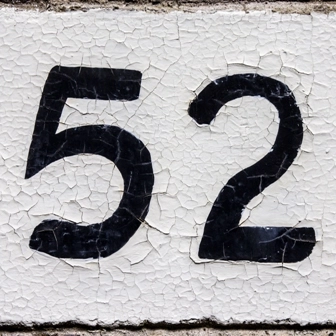Ask 3 Questions Before Coding for Split Sleep Study

Patients suffering from sleep disorders such as sleep apnea can be regular visitors to your neurologist’s office. One of the first steps to reimbursement success in dealing with sleep apnea cases is spot-on diagnosis followed by choosing the correct codes for treatment and care. Ensure maximum returns on your polysomnography (PSG) coding by answering the following questions.
1. Are You Reporting a Sleep Study or Polysomnography?
Usually, the patient is referred to a neurologist by a primary care physician when he presents with the symptoms. Your physician may schedule a sleep study or polysomnography to confirm or eliminate the diagnosis.
Know the difference: Polysomnography is a sleep study that records many body functions including the brain’s electrical activity (electroencephalogram or EEG), eye movement (electroculogram or EOG), muscle activity (electromyogram or EMG), heart rate (electrocardiogram or ECG), respiratory effort, airflow, and blood oxygen levels (oximetry). Most polysomnography studies consist of about 16 channels and are used to diagnose several sleep disorders. Polysomnography differs from a sleep study in that it includes sleep staging.
In order for you to report polysomnography, sleep must be both recorded and staged. Polysomnography involves monitoring of several activity levels during a minimum numbers of hours of sleep, usually about six. Generally, monitoring will include measuring of heart rate and rhythm, chest bands that measure respiration, and additional monitors that sense oxygen and carbon dioxide levels in the blood. These physiological parameters of sleep must be continuous and simultaneously monitored and recorded for six or more hours with a subsequent physician review, interpretation and report. If a polysomnography is performed, you will report it from the following codes, depending upon the number of parameters tested:
2. Did the Procedure Include CPAP?
When suspecting obstructive sleep apnea (OSA), the physician may opt for a split study that involves two steps. First, polysomnography is performed where the patient’s sleep is monitored. Once the patient’s sleep has been monitored and the apnea witnessed and recorded, the second part of the study involves the treatment. The physician initiates continuous positive airway pressure ventilation (CPAP) and then monitors its effect.
Important: You can report the treatment with 94660 (Continuous positive airway pressure ventilation [CPAP], initiation and management) but only when the initiation of CPAP does not occur during the course of the split night study, and the patient must be brought back to the office at a later time.
Given the guidelines required by polysomnography, the study may have started, but not enough data may have been collected to allow for the fitting and administering of CPAP during the single encounter. However, if enough data are collected to warrant CPAP initiation during the session, , you will report the split sleep study 95811 (... sleep staging with 4 or more additional parameters of sleep, with initiation of continuous positive airway pressure therapy or bilevel ventilation, attended by a technologist). This code bundles the polysomnography with the CPAP treatment, appropriate when the two procedures are performed during the same study. Do not report separate components, 95810 on day 1, and 94660 on day 2 in this case.
It is important to have the documentation supporting the code used readily available.
3. Did the Physician Administer Bilevel Ventilation?
Although central sleep apnea is reported similarly to obstructive sleep apnea, it involves different symptoms and requires a different treatment plan. The patient undergoes a similar split sleep study.
The polysomnography portion must meet the same guidelines as obstructive sleep apnea. However, in central sleep apnea, the second half of the study involves bilevel ventilation rather than CPAP. The same rules apply – codes 95810 and 94660 cannot be reported if the procedures are provided during a single sleep study encounter; they would be bundled and you will report only 95811.
Know the difference: CPAP stands for “continuous positive airway pressure;” BiPAP refers to “Bilevel (or two level) positive airway pressure.” While CPAP generally delivers a single pressure, BiPAP delivers two levels of pressure: one at a higher level when the patient inhales and one at a lower level when the patient exhales. Your physician prescribes the levels of pressure for both types of tests.
Sometimes the neurologist may decide to perform a CPAP study (similar to a split sleep study except the patient uses CPAP for the entire time) if she notices changes in the conditions of patients already on CPAP. For example, they may have an increase in snoring or they may feel sleepier. You would report this service using the same code: 95811.




